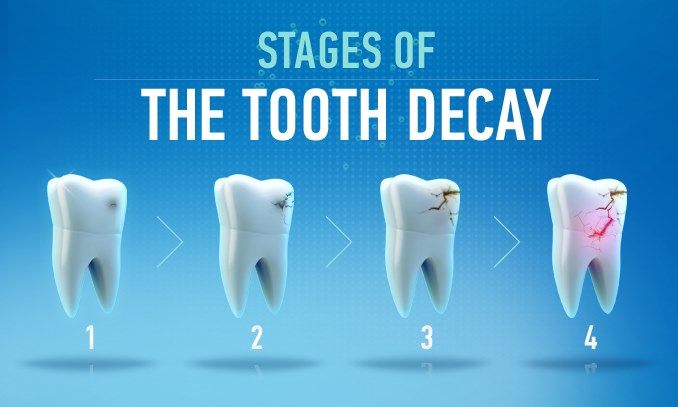How To Fix Front Tooth Cavity? Easy Solutions

Fixing a front tooth cavity can be a relatively straightforward process, but it requires professional attention from a dentist to ensure the treatment is effective and long-lasting. The primary goal of treating a cavity, especially in a visible front tooth, is not only to remove the decayed portion of the tooth but also to restore the tooth’s appearance and function. Here’s a step-by-step guide on how to fix a front tooth cavity, along with some easy solutions to consider:
Understanding the Cavity
Before diving into the solutions, it’s essential to understand what a cavity is. A cavity, or tooth decay, is a bacterial infection that causes demineralization of tooth enamel. When left untreated, it can progress into the dentin and potentially reach the pulp, leading to more severe issues like abscesses or the need for root canal therapy.
Solutions for Front Tooth Cavities
1. Fluoride Treatment
For early-stage cavities, fluoride treatment can help reverse the decay by remineralizing the tooth enamel. This is typically done through professional fluoride applications in the dental office or through prescription fluoride toothpaste and mouthwash for home use.
2. Fillings
For cavities that have progressed beyond the initial stages, fillings are often the solution. There are several types of filling materials, including: - Amalgam Fillings: Less common for front teeth due to their metallic color, but still an option for back teeth. - Composite Resin Fillings: A popular choice for front teeth because they can be matched to the tooth’s color, making them nearly invisible. - Ceramic Fillings: Offer a natural appearance and are durable, making them suitable for front teeth. - Gold Fillings: Although expensive, they are durable and can be used for front teeth, offering a unique aesthetic.
3. Inlays and Onlays
When the cavity is too large for a filling but not extensive enough to require a crown, inlays and onlays can be used. These are custom-made pieces of tooth-colored material (like ceramic or composite resin) that are bonded to the tooth. Inlays fit into the tooth, while onlays cover the tooth’s surface.
4. Crowns
If the cavity is extensive and a significant portion of the tooth needs to be removed, a dental crown may be necessary. Crowns completely cover the tooth, restoring its shape, size, and strength. They can be made from ceramic, porcelain, or gold, among other materials, and are especially useful for teeth that have undergone root canal therapy.
5. Dental Bonding
For smaller cavities or for aesthetic fixes after a cavity has been treated, dental bonding can be an option. This involves applying a tooth-colored resin material to the tooth, which is then hardened with a special light. It’s less expensive than other cosmetic treatments but may not be as durable.
Preventive Measures
The best approach to dealing with front tooth cavities is prevention. Regular dental check-ups, good oral hygiene practices (brushing at least twice a day and flossing once a day), and a balanced diet that limits sugary and acidic foods can significantly reduce the risk of cavities.
Easy Solutions at Home
While professional treatment is necessary to fix a cavity, there are some easy home care practices that can help prevent cavities or manage early stages of tooth decay: - Regular Brushing and Flossing: Maintain good oral hygiene to prevent plaque buildup. - Fluoride Mouthwash: Use a fluoride mouthwash to help strengthen tooth enamel. - Dietary Changes: Avoid sugary and acidic foods and drinks, which can contribute to tooth decay. - Sugar-Free Gum: Chewing sugar-free gum after meals can stimulate saliva production, which helps neutralize acids and remineralize teeth.
In conclusion, fixing a front tooth cavity involves professional dental care, but by understanding the options available and incorporating preventive measures into your daily routine, you can maintain a healthy, cavity-free smile. Regular dental visits are crucial for early detection and treatment of cavities, ensuring that any issues are addressed before they become major problems.
Can front tooth cavities be treated at home?
+No, while home care practices can help prevent cavities, professional dental treatment is required to fix a cavity. However, early stages of tooth decay can sometimes be reversed with fluoride treatments.
How long does it take to fix a front tooth cavity?
+The time it takes to fix a front tooth cavity can vary depending on the size of the cavity and the type of treatment needed. Fillings can often be done in a single visit, while crowns and inlays/onlays may require two visits.
Can front tooth cavities be prevented?
+Yes, preventing front tooth cavities is possible through regular dental check-ups, good oral hygiene practices, and a diet that limits sugary and acidic foods.
